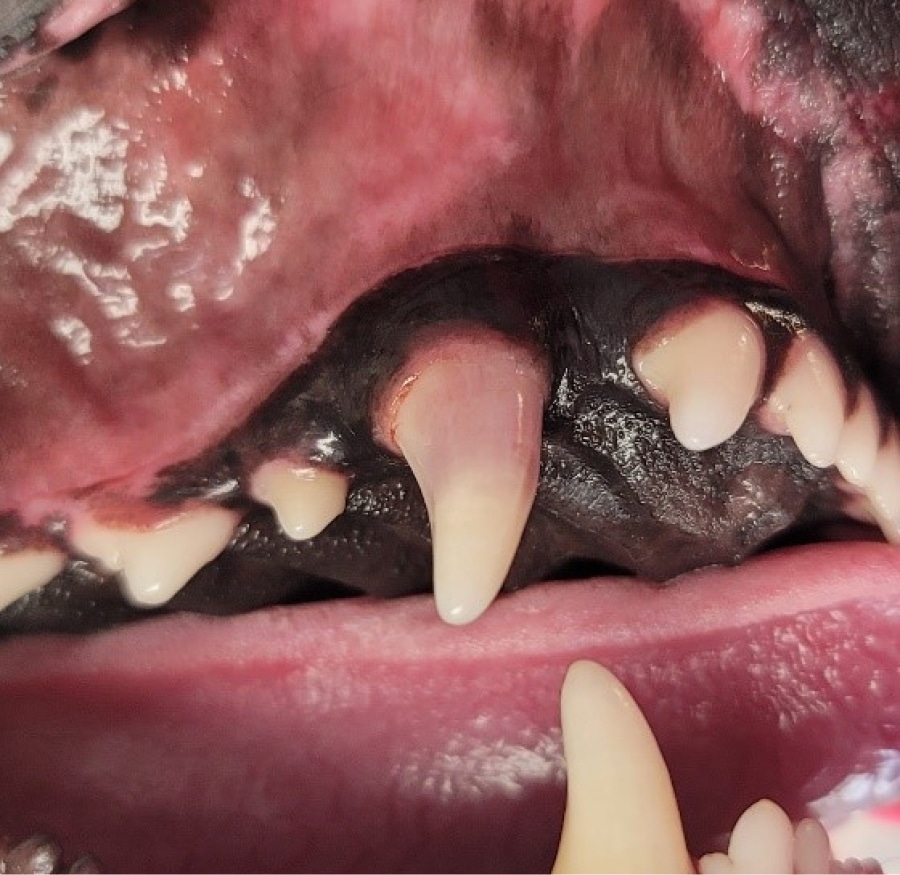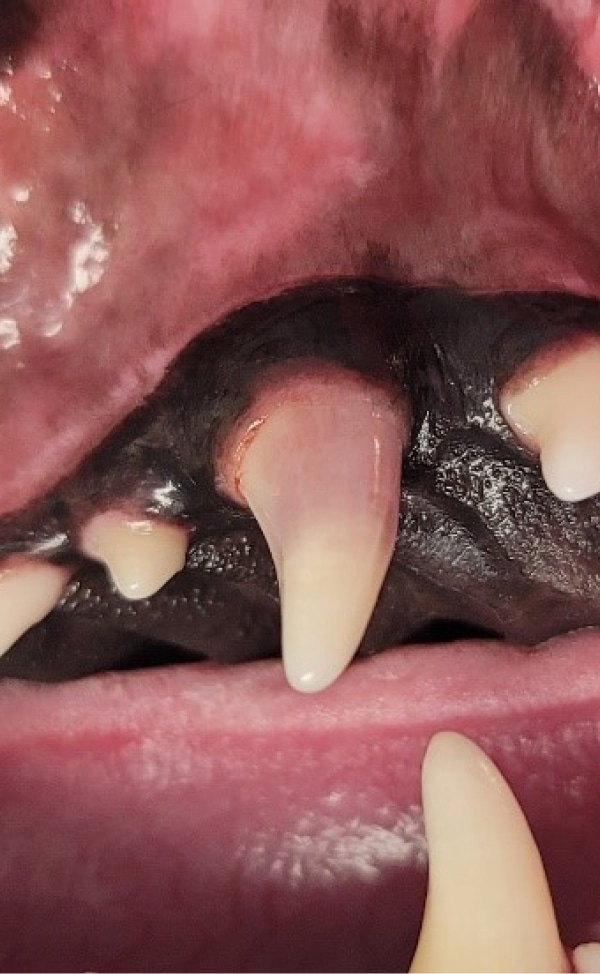
What makes up a tooth?
There are 3 important structures which make up the tooth which are:
- Enamel (external substance and the hardest in the body)
- Dentin (porous like coral which takes up the majority of the tooth)
- Root canal (i.e. the pulp) which contains the vein, artery, and nerve.
The pulp is what provides the tooth vitality (i.e. the tooth is alive). The pulp cannot expand because it is encased in the center of the tooth; surrounded by the hard tissues of the tooth which are described above.
How does a tooth discoloration occur?
Discolored teeth often occur due to concussive injury. When the blood supply is compromised due to the swelling of the pulp. This is called irreversible pulpitis. Most of the time, if not all the time, the tooth dies. When the tooth appears discolored it can vary between pink to purple-gray. Like a bruise on the skin, the color change is a result of hemorrhage (i.e. bleeding) within the tooth.
Is a discolored tooth painful?
Initially when the pulp suffers injury it is extremely painful (we know this by asking people who have had this condition) then after the pulp dies it is not painful. After time, it often becomes painful again when the tooth becomes infected (i.e. abscessation).
How does a veterinarian diagnosis a non-vital tooth?
Usually, pulpitis can be determined visually. If the tooth appears intrinsically discolored (a color change from within, not on the exterior), then pulpitis has occurred. In addition to a complete oral examination, dental x-rays may be obtained to help assess the tooth status. Unfortunately, in 42% of discolored teeth, x-rays appear normal, as it often takes time to see a change on x-ray. Likewise, humans experiencing discomfort due to pulpitis do not always show changes on x-rays. In people they will often do thermal testing where they either apply either increased or decreased temperatures to stimulate the pulp sensory response. These types of tests are unreliable in our patients as our patients cannot speak to indicate if it hurts. We use the combination of dental radiographs, oral exam, and publications to make the appropriate recommendation for your pets’ tooth issue.
Some may ask why to treat a discolored tooth?
Dogs and cats are very stoic and often mask pain. We know from people this condition is incredibly painful! This is especially true in the early and late stages of the process. Through a process called anachoresis, bacteria naturally found in the bloodstream may be attracted to the area of the dead pulp and set up a thriving community. The active bacterial population leads to more inflammation as well as pain and can possibly spread to the body.
What are the treatment options if my pet has a discolored tooth?
If the staining is only on the surface, the discolored dog or cat tooth may not require treatment. However, discolored teeth that are dead or painful are treated with endodontic (root canal) therapy or extraction. Depending on the severity of the problem and the type of tooth affected a recommendation of one of these two treatments may be made.
Endodontic Therapy
By removing the dead and infected pulp tissue inside the tooth we can relieve/prevent any infections around the tip of their roots in the bone surrounding these teeth. The infected pulp is removed and the tooth is sterilized and filled with an inert cement material, followed by a composite restoration. This therapy would also allow your pet to keep the functionally important tooth. Moving forward we would need to monitor the tooth every 6-12 months, under anesthesia, to ensure that the therapy is successful. If it was to get infected, re-treatment or extraction of the affected tooth may be necessary.Surgical Extractions
Surgical extractions are recommended in severe cases where a root canal is not an option. Surgical extractions are more invasive than root canal therapy, as the roots of a dog or cat’s teeth go deep into the jawbone. Teeth are like an iceberg as the majority of the tooth lives below the gumline. Unfortunately, sometimes surgery is the only available option.
Headline Here
This is just placeholder text. Don’t be alarmed, this is just here to fill up space since your finalized copy isn’t ready yet. Once we have your content finalized, we’ll replace this placeholder text with your real content.
Sometimes it’s nice to put in text just to get an idea of how text will fill in a space on your website.
Traditionally our industry has used Lorem Ipsum, which is placeholder text written in Latin. Unfortunately, not everyone is familiar with Lorem Ipsum and that can lead to confusion. I can’t tell you how many times clients have asked me why their website is in another language!

Call (218) 461-4825 or book online to schedule your pet’s advanced dental appointment.

Frequently Asked Questions About Discolored Tooth
What are the treatment options for a discolored tooth in pets
If the discoloration is due to staining on the surface, no treatment may be necessary. However, if the tooth is non-vital or painful, treatment options include endodontic (root canal) therapy or surgical extraction. The recommendation depends on the severity of the issue and the type of tooth affected.
Is a discolored tooth in pets painful?
Initially, a discolored tooth caused by pulp injury is extremely painful, though the pain subsides after the pulp dies. However, over time, the tooth can become painful again if it becomes infected, leading to an abscess.
What causes a pet’s tooth to become discolored?
Tooth discoloration in pets usually results from concussive injuries that lead to irreversible pulpitis. This condition causes the pulp inside the tooth to swell and the blood supply to become compromised, often resulting in the tooth dying. The tooth can change color, appearing anywhere from pink to purple-gray due to internal bleeding, similar to a bruise.

